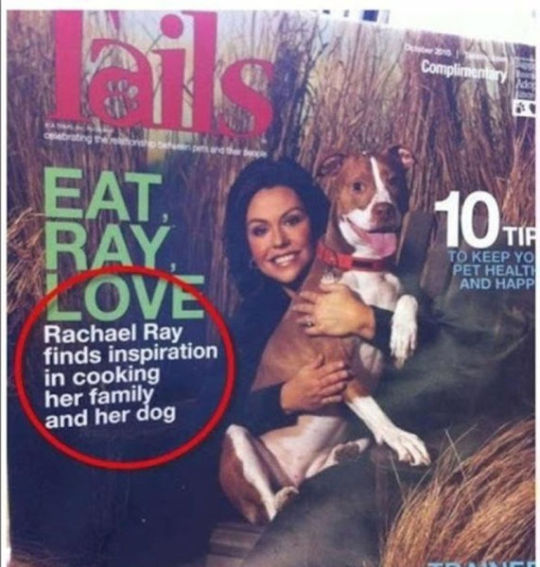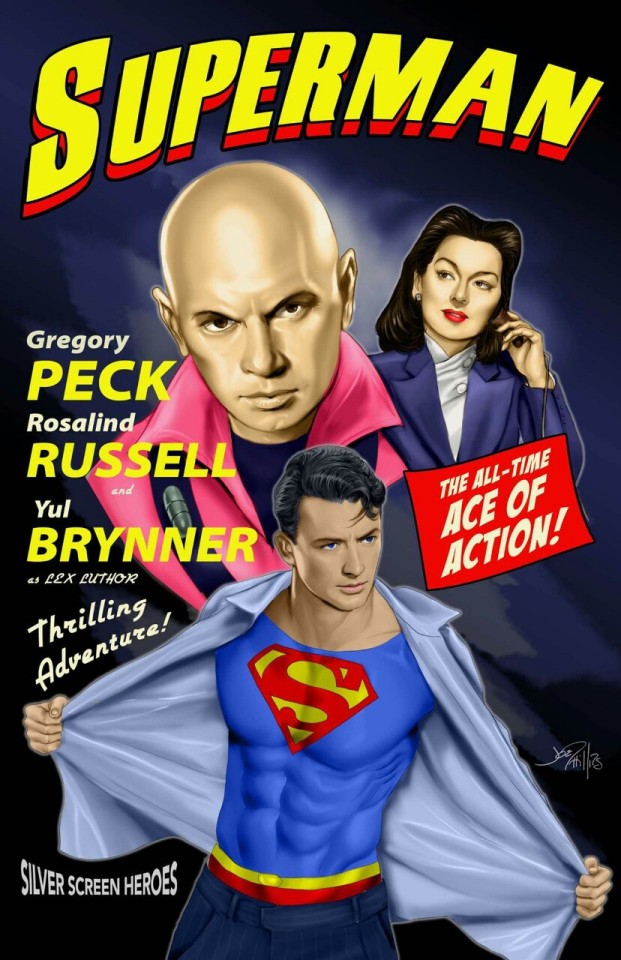movies, television, music, comics, animals, architecture, science, fiction, humor, humor with a u, bad vibes, compassion, christopher allen.
Don't wanna be here? Send us removal request.
Photo

Future ‘Mad Magazine’ artists Al Jaffee and Will Elder, in the lunchroom at the High School for Music and Arts in New York City
via reddit
2K notes
·
View notes
Text
Cargo (2017)
Starring Martin Freeman, Caren Pistorius, Anthony Hayes
Screenplay by Yolanda Ramke. Directed by Ben Howling & Yolanda Ramke
Cargo is a Netflix film starring Freeman and Pistorius as a couple in what rapidly but carefully unspools as a desperate situation. Both seemingly in their mid-40s, they have a one year old daughter and are for some reason on a houseboat in the Australian Outback. That doesn’t seem so smart, does it? More questions arise/clues are dropped as Freeman picks up a package labeled, “Containment Protocol” from several of them floating on the river. Next, Freeman scavenges canned food and a bottle of wine from a partially sunken boat with an ominous noise coming from the captain’s quarters. The sound of the boat sinking more? Cargo shifting? An animal? We don’t know.
Soon, however, once Pistorius returns from her own foraging expedition on the boat, bleeding, we start to piece together that this is a sort of apocalypitic survival story. Yes, it’s a zombie story, of sorts, with people bitten or otherwise getting a virus into their blood turning into flesh-seeking, mindless monsters within 48 hours. The cargo of the title is baby Rose, and Freeman must get her to humans he can trust to care for her within that timeframe, or he’ll go zombie and probably eat Rose.
Freeman isn’t anyone’s first choice for an action film, but it works in his favor here because he does have an everyman quality. While the film is lean and not so sentimental as to have a lot of scenes focusing on his feelings for Rose, it’s not necessary. Anyone can appreciate the predicament and the sacrifice one would make for their kids. Howling and Ramke keep the film suspenseful but full of humanity and respect, particularly for the indigenous people. Even the villain of the piece, who is using the indigenous as zombie bait to get swag, is eventually revealed as just another person shattered by the loss created by this epidemic. With the possible exception of the somewhat bland title (which I’m assuming was so as not to reveal it’s a zombie film, sorry), it’s a pretty flawless piece of work, though not really one you’d watch twice.
#movie reviews
9 notes
·
View notes
Text
Macbeth (1948)
Based on the play by William Shakespeare. Directed by Orson Welles
It’s pretty likely you’ve never seen Welles’ Macbeth the way he intended, and that’s where Olive Films comes in, with this handsomely restored version based on his original screened version in 1948. The second disc contains the released 1950 version, which is notable more for historical value, with over 20 minutes cut and the Scottish accents favored by Welles for himself and his actors redubbed with studio-mandated, more typical English accents.
I’m not enough of a student of Shakespeare to know where Welles takes liberties with the play, but the dialogue used appears to be unchanged, and one will hear all the famous lines from this most quotable of plays. The story is also the same--young warrior Macbeth listens to the goading of his wife the cackled prophecy of three witches and murders the king to take the throne, only to find no joy in it, guilt eating away at the both of them while suspicion and unrest grows in his subjects.
While some fault can be found in Welles’ choosing to limit Jeanette Nolan’s Lady Macbeth to purely an evil schemer before guilt takes hold of her, his low budget setting is ingenious, basically just one craggy mountain keep lit various ways and shot from various angles to always be interesting, if spare and essentially bereft of life. One finds it hard to imagine anyone but perhaps birds of prey wishing to rule over this scarred land, free of vegetation, and some have speculated this was Welles’ commenting on the new, post-Hiroshima world. I think maybe it’s just that this is all they could get for the money, but the metaphor does work.
Nolan, a newcomer, and not as sexy as Welles had wanted, nonetheless does a very good job, as does Dan O’Herlihy as the dogged Macduff, and teenager Roddy McDowall as Malcolm. Welles’ own daughter Christopher plays Macduff’s son. Welles for his part disappears into the role of Macbeth, sinewy at first and then seemingly getting bloated and foolish after the murder (it should be noted this is all filmmaking and costuming and quite intentional; Welles was thin throughout this film), and his odd four point crown, later replaced by a pointed crown similar to the one worn by Lady Liberty, were laughed at by critics initially but it was, again, all for effect.
Deserving of special note are the surreal montages Welles constructs, usually involving scenes with the witches, and the unusual for its time but effective use of musical cues to end scenes. Welles makes one of his best films here, and indeed, his Shakespearean films have not quite gotten their due yet as some of the best adaptations. In biographer Joseph McBride’s commentary, he notes that Laurence Olivier, who was the more celebrated adapter of Shakespeare to film in his time, told Welles’ daughter that people would see someday that Welles was the true artist, Olivier’s films workmanlike and lacking his innovation. Ironically, it was Olivier’s success that probably made Welles’ Macbeth bankable, but the studio didn’t have confidence in the finished product, leading to one more butchering that ended up demoralizing Welles and driving him to Europe for several years.
A note on the restoration: some of the restored scenes and shots within scenes are clearly more degraded than the 1950 version. They have been cleaned up as well as possible and are only a minor distraction. Their inclusion, and the original accents (Welles worked out a strange arrangement of recording the dialogue ahead of time and miming it rather than recording the sound on-set) definitely make for a better, more cohesive film, plus the shorter 1950 version’s dubbing was done by the actors in different places and with different equipment, so it doesn’t match up as well.
7 notes
·
View notes
Text
The House of Bamboo (1955)
Screenplay by Harry Kleiner and Samuel Fuller.
Directed by Samuel Fuller.
Samuel Fuller partly remakes cowriter Kleiner’s film noir The Street With No Name as his second CinemaScope feature, making it a sort of apologia to Japan at the same time.
After text tells us the film was shot entirely in Tokyo and Yokohama, a somewhat confusing scene of a train heist that finds one of the criminals wounded and left for dead by his men, we see that man, Webber, questioned by police before he dies in the hospital, not giving up his outfit. The police find a letter for Webber’s friend, Eddie, inviting him to Tokyo.
Eddie turns out to be Robert Stack, who talks with Webber’s widow, Mariko (Shirley Yamaguchi) and doesn’t show much sympathy for her loss, more concerned that he’s out of a business opportunity. He tries shaking down some shop and club owners for protection, which soon runs him afoul of racketeer Sandy Dawson (Robert Ryan), who gets him hauled in by the cops on a dummy charge in order to use his connections to find out who Eddie is. His file says he’s got a lengthy rap sheet as well as a dishonorable discharge, so Sandy puts him to work in his gang. Only Eddie is actually an Army investigator trying to pin Sandy for murder.
It’s a bit of a sluggish setup, though enjoyable to see post-war Tokyo in widescreen splendor, already a bustling if not-so-neon metropolis. And as befits CinemaScope, even for a noir, most of the scenes are set in daylight.
Mariko initially puts Eddie up in her place, which results in one scene that shows this has caused her to be ostracized in her community, shamed either for taking up with an American, or cohabitating with a man she’s not married to, or both, but this is all we really see of Japanese people relating to each other, aside from the police, who act just like American cops.
Sandy has a rule that if one of his crew is injured on a job, they are to be killed right then and there, so as not to be caught and forced to sing like a canary. On his first job, a kind of factory heist by boat, with lots of smoke pots to cover the escape, Eddie is in fact winged, but Sandy calls off his man from shooting him, and insists Eddie and Mariko stay in his house, less out of largesse than a general suspicious nature, though it’s never really clear why he violates his rules for Eddie, as the taciturn Stack never makes much of an effort to ingratiate himself. In fact, it’s a little strange how Stack, a seasoned actor at this point and back in lead roles with this film (and coming off a hit with John Wayne, The High and the Mighty) doesn’t have much dialogue, no close-ups, and seems content to let Ryan dominate their scenes.
Ryan is, of course, the king of playing not just mean, sadistic villains, but often ones with a racist streak, and when Mariko is followed and seen meeting with a man (actually an officer working with Eddie on taking Sandy down), he takes it for a romantic rendez-vous and throws her through a paper screen door for cheating on Eddie.
Later, Sandy calls off the big job, sensing the cops, and ends up killing longtime crew member Griff, thinking he had ratted on him. Griff had been left out of the job after showing his temper and insecurity for Sandy favoring Eddie over him. Soon enough, Sandy finds out Eddie’s real identity and purpose, and takes him, along with Charlie (Star Trek’s DeForrest Kelley), to rip off a pearl jeweler, but really to set Eddie up for the cops to kill him.
It seems like an elegant plan--let the cops come in, guns blazing, and Sandy and Charlie gone, and they won’t be wanted for Eddie’s murder--but the execution is laughable, and Charlie is shot, with Sandy trapped on the crowded Ginza (a fairly narrow shopping/tourist area with only one real exit, not unlike the Santa Monica Pier), resulting in a shootout on top of a giant globe-type thing, with Eddie conveniently conscious, cleared of wrongdoing, and given a gun, so he and not the dozens of Japanese police can kill Sandy. As the credits roll, there’s a wide shot of Eddie, now in uniform, walking with Mariko, in love and perhaps married.
A pretty good climax, and some very nice photography overall (the house of bamboo is Sandy’s and it’s attractive, though mostly not actually bamboo), but the lack of close-ups and dialogue for Stack makes him harder to relate to, and his early act of being a thug isn’t really undone much by any scenes that show his actual decency or kindness, or the romance between him and Mariko, which, as with a lot of films of the ‘40s and ‘50s, seems to occur almost offscreen. Eddie enjoys when Mariko makes him a poached egg on toast, but that’s hardly the basis for a relationship. Ryan is terrific, though the dialogue is perhaps a bit beholden to the ‘40s and not really reflective of 1955, not that one was expecting Beat poetry. There seems to be more effort at showing that Americans and Japanese can work together, and emphasizing how Western Tokyo was already becoming. Actually, thinking about this and the breakfast scene, the subtext seems to be that while Japan is beautiful and its people respectable, the good news is that WWII has resulted in them modeling themselves after the victors, the U.S., and that any changes in culture are going to be a one-way street.
2 notes
·
View notes
Photo

A Hydraulic Press Gloriously Cuts Through 10 Decks of Playing Cards With a Giant Blade
335 notes
·
View notes
Photo

Household Objects and Foods Arranged Into Pleasing Geometric Shapes and Patterns
880 notes
·
View notes
Photo

A Beautiful Cat Whose Face Is Perfectly Divided by Black Fur on One Side and Gray Fur On the Other
216 notes
·
View notes
Photo

WASHINGTON—Saying the CNN town hall debate had left him sexually aroused in a way he hadn’t experienced since his failed 2016 presidential run, Florida senator Marco Rubio admitted Friday that he was still rock-hard a couple days after being publicly humiliated on the national stage. “Oh, fuck yes, I had forgotten how good it hurts to be degraded on live television for everyone to see,” said Rubio, noting that the Parkland shooting survivors taking him to task for his complicity combined with the booing crowd gave him a raging erection more turgid than the one he had when Chris Christie totally destroyed him during a republican debate two years ago. “It was so intense when those town hall participants asked me to stop accepting donations from the NRA and I just squirmed around like the naughty boy I am. Then when Jake Tapper told everyone to settle down, I just about creamed my pants right there on stage. Mmm, I bet Americans are so disgusted with me. Jesus, I think I’m gonna blow a load.” Rubio added that if the survivors don’t stop roasting on Twitter soon, he would have to visit a doctor for his aching cock.
2K notes
·
View notes
Photo
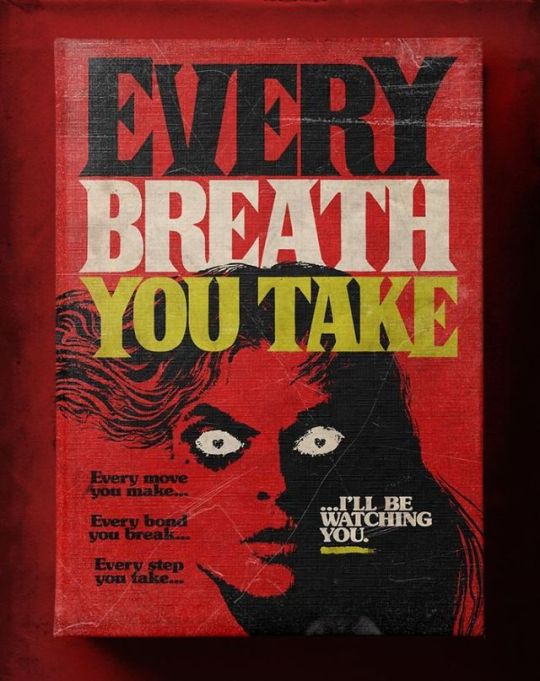
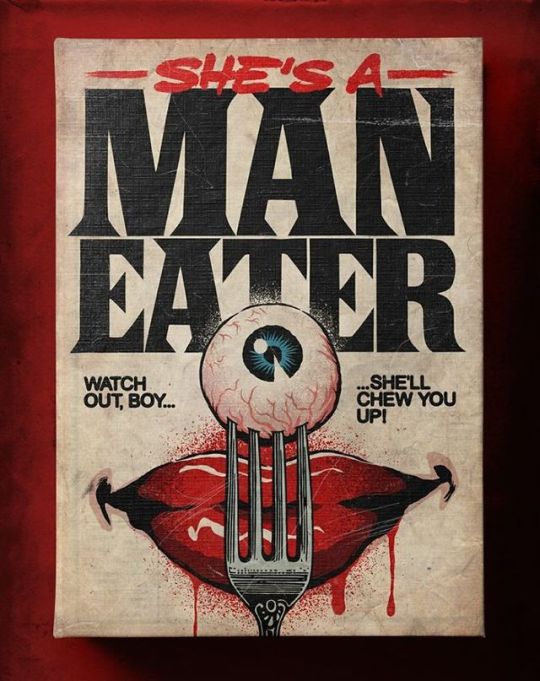

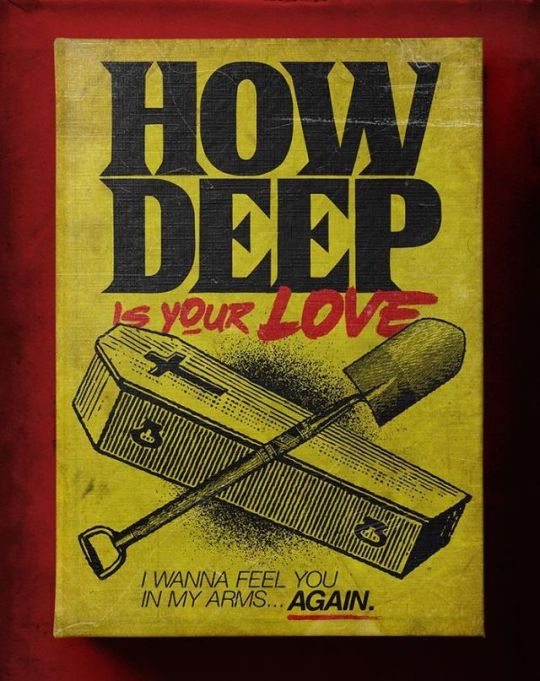
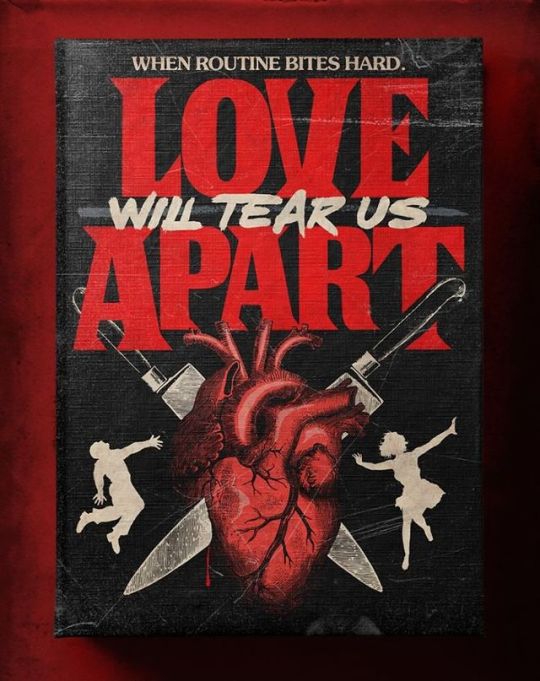


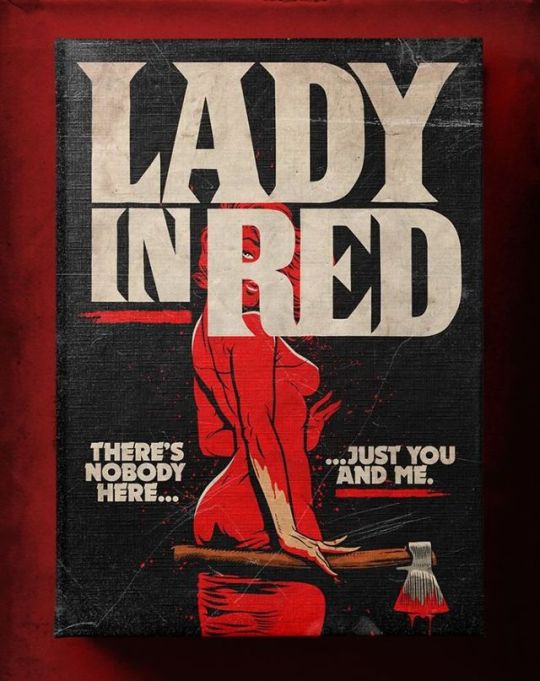

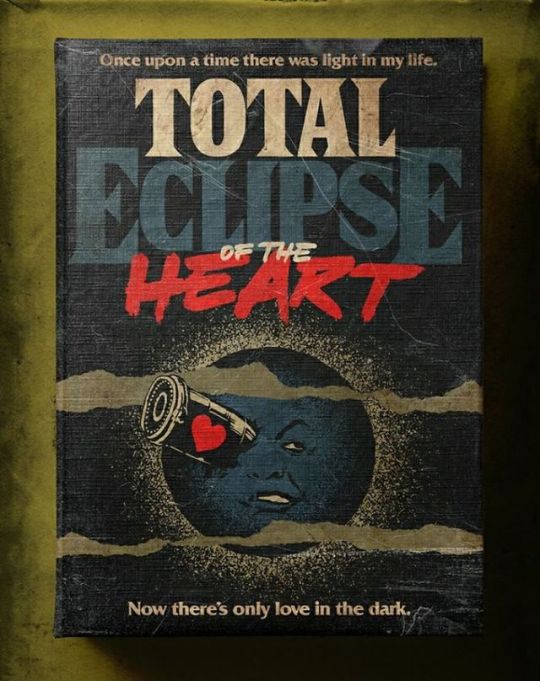
Brazilian graphic designer and illustrator Butcher Billy got the idea of turning famous love hits into book covers of horror master Stephen King.
Joy Division’s “Love Will Tear Us Apart,” The Smiths, “Head Over Heels” by Tears For Fears and many others were portrayed in a very unusual way.
“This series imagines an alternate universe where some of the most desperate and tragic romantic songs in the ‘70s and’ 80s are actually books written by Stephen King. The concept is to look at the dark side of love by the vision of pop culture, bringing aspects of its classic stories to play the true meaning of the songs - this can be completely subverted or stressed strangeness, while paying tribute to the vintage design of the original covers,” Butcher writes on his Behance.
100K notes
·
View notes
Photo

Pet Researchers Confirm 100% Of Owners Who Leave For Work Never Coming Back
WASHINGTON—Announcing their findings amongst a series of whimpers and yelps, pet researchers confirmed Friday that 100 percent of owners who leave for work are never coming back. “Our data show conclusively that every human who says they’re going to work is, in fact, gone forever the very moment they shut the door behind them,” said a West Highland terrier named Nugget, adding that the findings applied equally to trips to the grocery store or the movies, both of which represented a decision to leave and never return again. “In fact, any instance in which an owner scratches a dog or cat on its head and says, ‘Be back soon, buddy!’ before exiting the house is a certain indication that the animal has been left to fend for itself and will eventually die unloved beside its empty food dish.” At press time, an elated Nugget danced on his hind legs, reporting that 100 percent of owners who pull into the driveway at the end of the day came back for their pets after all.
2K notes
·
View notes
Text
Greatest Albums - Run-DMC. - Raising Hell
The band’s third and best album, it mixes humor (”You Be Illin’,” “Dumb Girl), the brand consciousness and trend-setting that would overtake hip-hop (”My Adidas”) and the pride of being talented practitioners of a then-dismissed genre (”It’s Tricky”) and members of a perennially oppressed but unbroken race (”Proud to Be Black”). With Rick Rubin perfecting his use of sampled rock riffs and beats, and with Aerosmith guesting on the breakout smash cover of “Walk This Way,” the real thing, it’s still a fresh sounding, fun record, marbled with the occasional expressions of pain and frustration (”They (the police) even bother my poor father/Cuz he’s down with me”).
0 notes
Text
Greatest Albums: Ray Charles - Modern Sounds in Country & Western Music
Recorded in February 1962, during the Civil Rights struggles, a black musician/singer like Charles tackling country and folk songs (white people music) was a dubious proposition for some, including Charles’ new label ABC/Paramount, who had to be convinced. Less a political statement than one of creative control, Charles and coproducer Sid Feller took three Hank Williams songs, The Everly Brothers’ “Bye Bye Love” and eight others and made them Ray Charles songs, sometimes with more of a rhythm and blues arrangement but often with heavy doses of big band horns and backing vocals.
It was a smash hit upon its April 1962 release, going platinum, spawning four hit singles, and spawning a Volume Two follow-up just six months later. From what I’ve read, it had the effect of not just legitimizing country music for the pop and Jazz/R&B audiences but also opened up the Nashville country scene as to how to add strings and other elements to make country music with crossover appeal (the “countrypolitan” sound). That said, it’s a bit of a mixed bag, with the overbearing, saccharine choir on “I Can’t Stop Loving You” mostly ruining the song for me, and the swingin’ stuff credible but not really my favorite arrangements for some of these songs. I think Charles has few peers when it comes to conveying heartbreak, so the ones that really work best here and make the experiment worthwhile are “You Don’t Know Me” and “You Win Again.”
1 note
·
View note
Photo

EPA Promotes Pulsating Black Sludge To Deputy Director
1K notes
·
View notes












